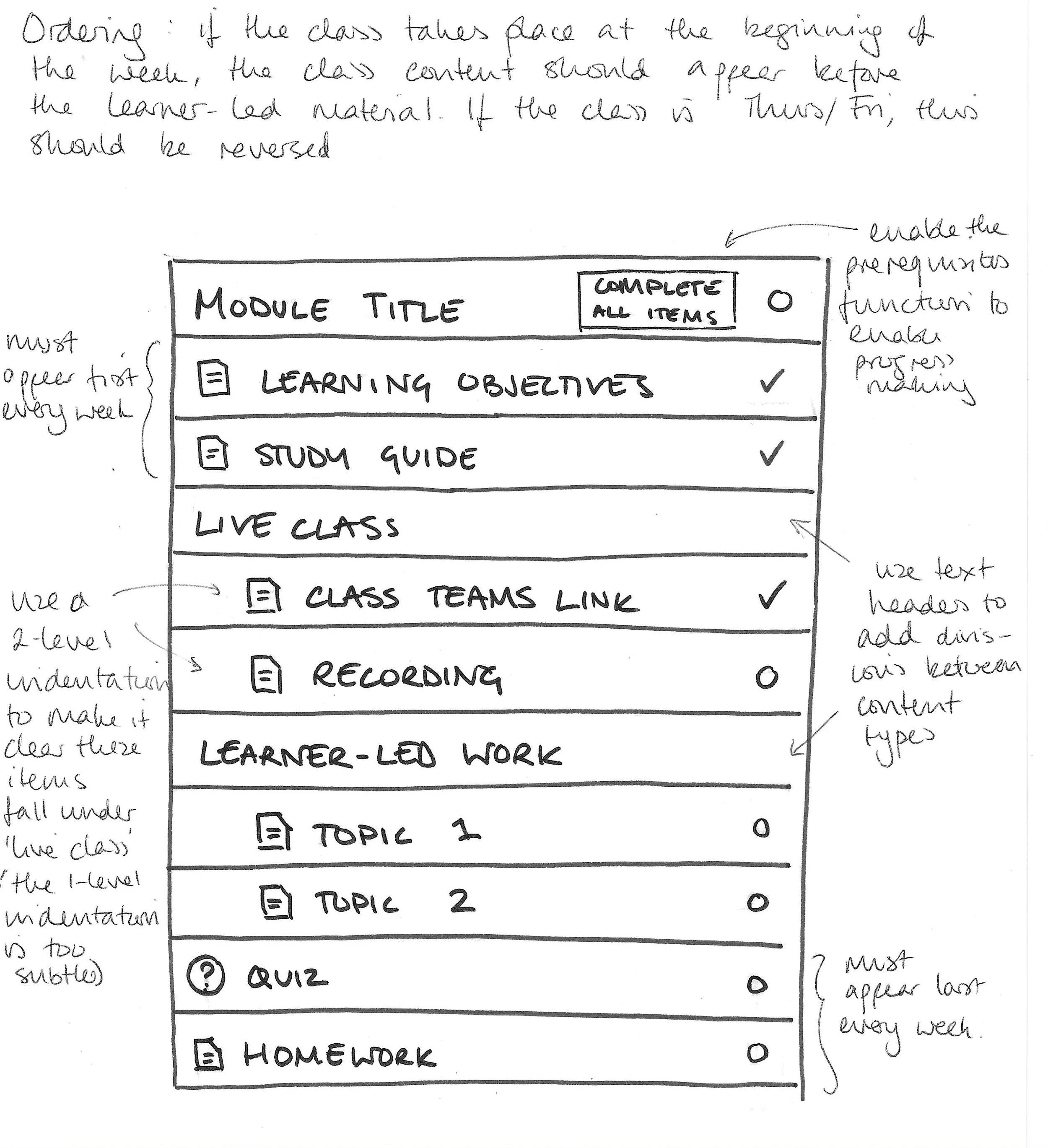EEMUA online courses
I designed and produced three new online courses focusing on safety in heavy industry.
Outline: designing courses for engineers in heavy industry
Company: EEMUA
Duration: 13 months
Role: Designing and developing new courses by working with subject matter experts (SMEs) to produce teaching materials and construct course pages on the learning management system (LMS).
Project summary:
EEMUA (the Engineering Equipment and Materials Users Association, pronounced ee-MEW-ah) is non-profit members’ association providing guidance documents and training for companies working in heavy industry.
Pre-pandemic, EEMUA ran all courses face-to-face. But in order to ensure that key workers in industry could maintain their qualifications, EEMUA had to move their courses online. Subsequently they decided to build new courses specifically for online delivery.
Note: EEMUA’s content is provided to paying member companies, so all of the content here is made up of examples, stock images, and mock-ups designed specifically for the portfolio.
Project challenge: high-quality, up-to-date courses
The company had successfully launched one new online course (MIPC™, Mechanical Integrity Practitioner Certificate). They now wanted to launch three new entry-level courses:
EEMUA 231 Mechanical Integrity Basics
EEMUA 159 Storage Tank Basics
EEMUA 194 Subsea Engineering Basics
The new courses needed to be at a higher quality in terms of materials and design in order to meet the expectations of the member companies and the general increase in quality of online learning materials that occurred the pandemic.
Solutions
1: Clear user journey and information architecture
The previous courses sent the users straight onto the ‘Modules’ section of the Canvas course. The information for each teaching block was listed without differentiation and individual pages had large blocks of writing without breaks.
Landing page
Previous courses did not have landing pages. Instead users arrive straight onto to the course outline.
I wanted to provide a landing page that would give the user some context for the information in the course as well as highlighting important areas of the course and how to use them.
Modules page
The ‘Modules’ page provides users with an overview of the course and links to each section.
I made use of text headers and indentation to differentiate between different learning elements.
2: Consistency of style and branding
While I was working on this project, EEMUA was also developing a new website. I was able to make use of their style guide and apply it as far as possible on the LMS and learning materials.
3: Improved accessibility
The application of principles of accessibility was very limited in previous courses. There was an effort to ensure that diagrams and images would be usable for people with colourblindness and an interest in adding captions to videos.
To improve the accessibility of the canvas pages, I made these changes:
Structuring the written content and sections using headers rather than formatting
Adding alt text to images
Using descriptive links instead of ‘click here’
Captioning videos
Using a more concise and direct writing style
4: More engaging content
The previous courses had only used written content and lecture videos as the materials for the courses. To make the course pages more engaging, I added images and videos from past EEMUA events and from other relevant organisations.
More substantially, I added microlearning elements to the courses. These are short, interactive components that teach learners about a brief topic. EEMUA did want to spend a large part of the project budget on expensive software with a narrow use (e.g. Articulate Storyline and Rise). Instead, I found a way to use Microsoft Sway, normally used to develop presentations and newsletters, to look as much like a standard microlearning module as I could.
I have produced a mock-up of a microlearning module produced in Microsoft Sway. In an LMS, I would embed this content directly. Please note, the platform can be slow to load.
The results: strongly positive feedback
Users completed surveys after their assessment. 100% of user surveys reported the highest level of satisfaction with the course structure, ease of use of the platform, and quality of learning materials.
The pilot run of each course reached target numbers and together they exceeded expected uptake by 60%. The storage tank and mechanical integrity courses continue to be fully subscribed into their third runnings.
Next steps: accessibility
The most urgent areas I would like to develop to improve the accessibility of the courses are:
Caption all videos and provide transcripts
Adjust the colours used on the LMS (especially for links) to ones that meet at least the WCAG AA standard
Provide more of the written content in online pages instead of PDFs




